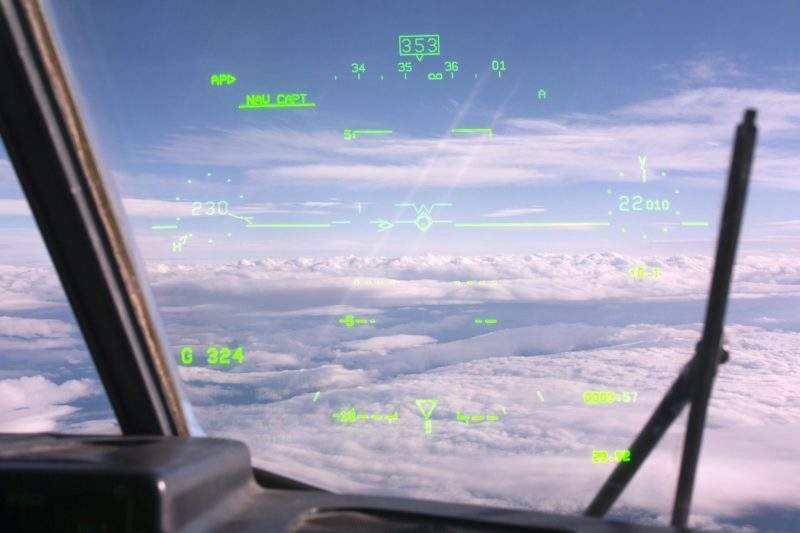
Researchers have developed a heads-up display that uses holographic technology to make the display more visible for pilots and free up space in the cockpit.
Heads-up displays are used in aircraft to provide information such as critical flight data, which is only visible from a narrow range of vision through a small eye box.
Scientists from the University of Arizona used holographic optical elements to create a substantially larger 3D eye box.
“Increasing the size of either the eye box or the displayed image in a traditional heads-up display requires increasing the size of the projection optics, relay lenses and all the associated optics, which takes up too much space in the dashboard,” said first author Colton Bigler in findings published in the Optical Society journal Applied Optics.
“Instead of relying on conventional optics, we use holography to create a thin optical element that can be ultimately applied onto a windshield directly.”
In the new heads-up display, holographic optical elements redirect light from a small image into a piece of glass, where it is confined until it reaches another holographic optical element that extracts the light.

US Tariffs are shifting - will you react or anticipate?
Don’t let policy changes catch you off guard. Stay proactive with real-time data and expert analysis.
By GlobalDataThe extraction hologram then presents a viewable image with a larger eye box size than the original image.
“The only limitation is the size of the glass displaying the image,” said research team leader Piere-Alexandre Blanche.
While the researchers demonstrated the technology using just one colour, they say it could be expanded to create full-colour heads-up displays. They also hope to use holographic technology to increase the size, or field of view, of the display.
The researchers are working with multinational conglomerate Honeywell to develop the display for aircraft.



